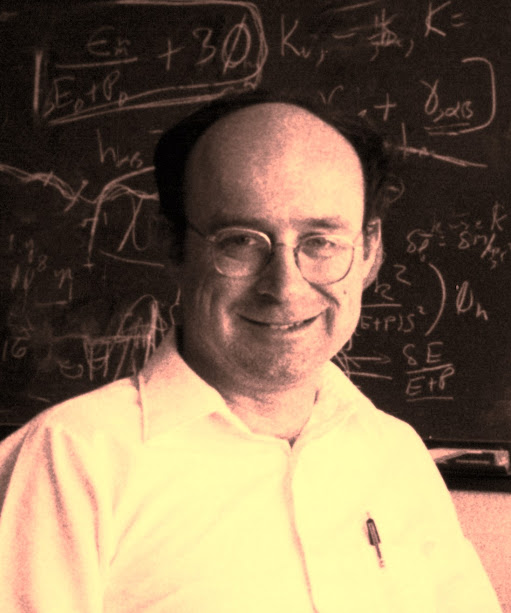Niels Bohr: The Atom Model
Niels Bohr (1885-1962) was a Danish physicist who contributed significantly to the study of atomic structure and quantum mechanics. He is most known for developing the Bohr model of the atom, which claimed that electrons circle the nucleus in certain energy levels or shells.
Bohr's atomic model was a key advance in physics, helping to explain a variety of phenomena such as atomic spectra and atomic stability. His model included the idea of quantized energy levels, which asserted that electrons may only occupy defined orbits around the nucleus and can transition between these levels by absorbing or releasing photons.
One of Bohr's most notable contributions was the formulation of the notion known as complementarity during the 1920s. The concept of complementarity states that in some studies, particles display both wave-like and particle-like behavior, but not simultaneously. This idea became a cornerstone of quantum physics and had a significant impact on philosophical understanding of the nature of reality.
Bohr was also a key figure in the development of the Copenhagen interpretation of quantum mechanics, which sought to explain the probabilistic character of quantum occurrences. The process of measuring or seeing a quantum system, according to this interpretation, leads it to collapse into a definite state, and the result is fundamentally probabilistic.
In addition to his scientific accomplishments, Bohr was instrumental in fostering worldwide scientific collaboration. He left Nazi-occupied Denmark during WWII and made significant contributions to the Manhattan Project in the United States, which eventually contributed to the creation of the atomic bomb. However, after the war, Bohr became a proponent of nuclear energy for peaceful purposes and campaigned to prevent the spread of nuclear weapons.
Niels Bohr's work and theories have had a long-lasting effect on physics, notably in quantum mechanics. His contributions shaped our understanding of the microscopic world and established the groundwork for future advances.
In 1922, Niels Bohr received the Nobel Prize in Physics for his contributions to the knowledge of atomic structure and radiation processes. His Nobel Prize citation specifically recognised his model of the atom as well as his study on the structure of atoms and the radiation generated by them.


Comments
Post a Comment